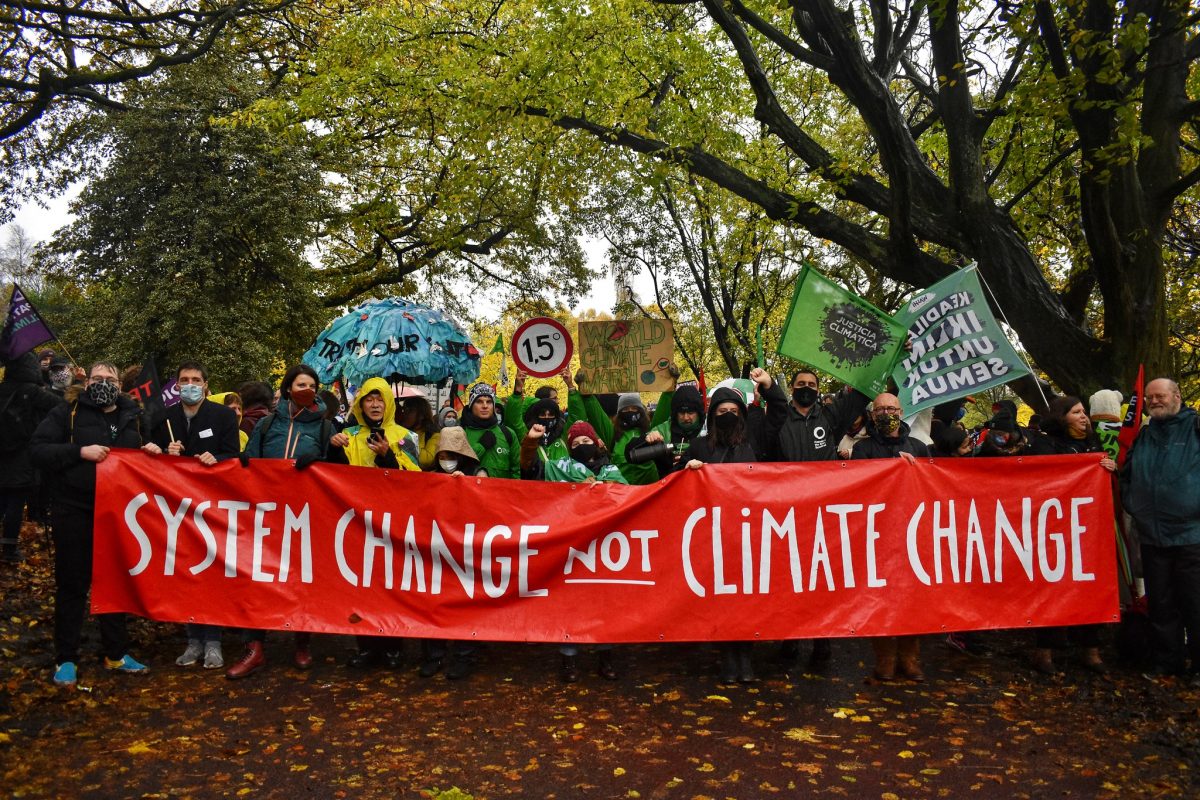
Hunterston coal fired power station not needed
New Scottish Government report concedes that less ‘thermal power’ will be needed that previously assumed.
Accompanying yesterday’s budget and Climate Plans, the government published a ‘Draft Electricity Generation Policy Statement’.
Among other conclusions it suggests “there is no current need for an increase in overall thermal capacity” and that by 2030 only 2.5GW of thermal capacity would be needed. Longannet alone is 2.4GW, and Peterhead up to 1.6GW. Both plants have announced plans to retrofit carbon capture and storage technology.
As a result the document appears to signal that the Hunterston and Cockenzie proposals for additional thermal capacity are unnecessary, and that such proposals will no longer be included as national developments in the national planning framework.
Friends of the Earth Scotland Chief Executive Duncan McLaren said: “This report confirms that Scotland has no need for new nuclear power stations. Moreover it would seem to signal a death knell for new coal or gas power stations such as those proposed by Ayrshire Power at Hunterston and Scottish Power at Cockenzie, demonstrating that they are unnecessary for energy security and could hamper our ability to export clean power.”
The study is based on highly conservative assumptions about the growth of renewables, interconnection and peak demand.
* It suggests renewable capacity will grow only to around 13GW by 2020, while leading industry estimates suggest it could be over 20GW.
* It suggests that even with just 13GW, renewables capacity will be curtailed from exporting all it could for part of the year due to limited interconnection improvements. Additional thermal power would compete for that limited connection capacity.
* It suggests peak demand for electricity will grow by up to 25% in 2030, even though smart meters, electric vehicles and other deferrable demand technologies are set to cut peak demand, and the Scottish Government recently set a target to reduce overall energy consumption by 12% by 2020.
Duncan McLaren continued: “These concessions by the Government make it somewhat surreal that they are currently defending a case at the Court of Session in Edinburgh which seeks to remove the Hunterston proposal from the national planning framework on grounds of inadequate consultation.
“Further, we believe this report still fails to match Scotland’s ambitions for green energy and cutting greenhouse gases, and will be pressing the Government to pursue peak demand management, better interconnection and more pumped storage, so that Scotland need make even less use of any thermal capacity that remains.”
ENDS
For more information please contact:
Per Fischer, Press Office, Friends of the Earth Scotland
t: 0131 243 2719
Notes to Editors
Draft Electricity Generation Policy Statement 2010: Scotland – A Low Carbon Society
www.scotland.gov.uk/Publications/2010/11/17094217/0
Thermal power generation refers to technologies such as nuclear power, and coal- and gas-fired power stations that produce electricity by heating water to create steam to drive turbines.
Today’s report says ‘each application for thermal electricity generation capacity should therefore be considered based on its own economic, environmental and social merits’, whereas inclusion as a national development in the NPF is considered to establish the need for the proposal, and reduce consideration simply to matters of design and siting.
Marco McGinty’s case against Hunterston’s inclusion in the NPF is expected to continue all week in the Court of Session
Friends of the Earth Scotland exists to help people in Scotland look after the planet for everyone’s future. We think globally and act locally in Scotland, delivering solutions to climate change by enabling and empowering people to take both individual and collective action. We offer help to people with the big things in life – helping to sustain a healthy society and environment. We believe that all of our children’s futures will be better because of what we do.
www.foe-scotland.org.uk
